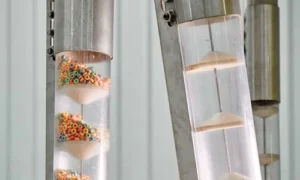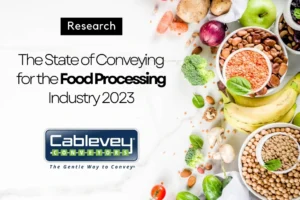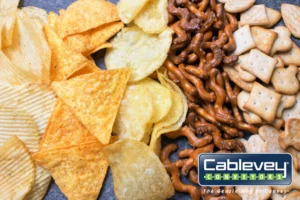Safety should be the top priority for everyone involved in bringing food from the farm to the table. From implementing safe agricultural practices to good manufacturing practices during the processing, it all begins with food safety transportation standards. These regulations and guidelines serve to improve safety, prevent the spread of foodborne illnesses, and lower health risks. In this blog post, we talk about the standards that need to be upheld and the problems in this area.
What Are the Food Safety Transportation Standards, and Who Sets Them?
The primary regulation that protects food from contamination during transport is established by the FDA Food Safety Modernization Act (FSMA) on Sanitary Transportation of Human and Animal Food. The FSMA rule describes requirements for transportation equipment, operations, training, records, and waivers. This rule aims to prevent:
- Failure to properly refrigerate products,
- Inadequate cleaning of transport vehicles between loads,
- Failure to properly protect food from outside influences and contamination,
- Other practices that create safety risks during transportation.
Who Is Covered by FSMA?
The FDA regulation applies to all loaders, carriers, shippers, and receivers of food in the United States by rail or motor vehicle. It doesn’t matter whether or not the product is meant for interstate commerce – the regulation still applies. It also applies to shippers from other countries that transport foods to the United States by motor, rail vehicle, ship, or air (after which the food is transported by a motor or rail vehicle if it is intended to be distributed in the US).
Organizations that export from the US to other countries or transport through the US without distributing it in the States are covered by this rule until the shipments reach a US border or a port. Each area of transportation – shipping, loading, carrying, and receiving – comes with its own set of rules. The responsibilities are determined by agreements between various parties that occupy these positions. A single company can take on more than one role. For example, a food service distributor will typically handle all four areas of responsibility.
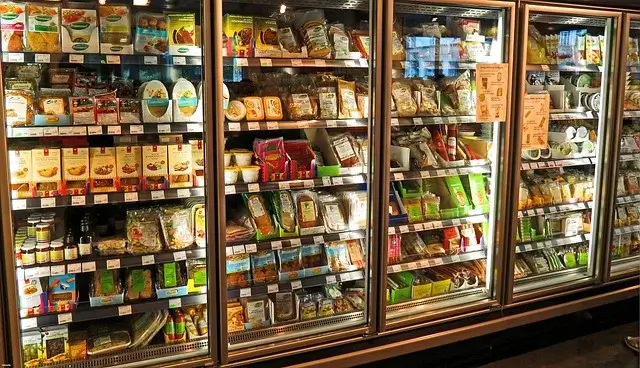
What Are the Problem Areas in Food Transportation?
Transportation is a critical aspect of the supply chain, ensuring that products reach consumers safely and in good condition. However, this process is fraught with challenges that can compromise food safety and quality. As we delve into the problem areas in food transportation, it becomes evident that a range of factors can contribute to contamination risks. These issues encompass everything from temperature control to the handling of products. Here’s a closer look at some of the key problem areas that need attention:
- Temperature abuse (improper temperature control or refrigeration),
- Improper transportation or storage unit management (improper sanitation, cleaning of vehicles, disposal of wastewater, aluminum phosphide fumigation methods in railcar units, backhauling hazardous materials, and not maintaining proper wash records),
- Incorrect use of packing materials and poor pallet quality,
- Poor practices, conditions, or equipment for loading (improper sanitation, transporting mixed loads, inadequate loading practice, and not using dedicated units),
- Poor practices, conditions, or equipment for unloading (improper sanitation or letting raw materials sit on loading docks after work hours),
- Poor pest control in transportation or storage units,
- Drivers or employees with insufficient training,
- Managers, supervisors, or owners with inadequate knowledge of safety standards,
- Poor construction and design of transportation units,
- Poor employee hygiene,
- Improper transportation or storage unit maintenance (gaps in doors, roof leaks, ice accumulation, or condensation),
- Inadequate policies regarding safe or secure transport or storage,
- Improper handling of rejected loads – products that have been returned, salvaged, destined for disposal, or reworked,
- Improper holding practices – leaving the product unattended, delayed holding of the product, or poor throughput and rotation.
Proposed General Solutions for Improving Food Safety
Ensuring food safety during transportation is a multifaceted challenge that requires a coordinated and comprehensive approach. To enhance compliance and mitigate risks, motor and rail carriers involved in the transport of products need to adopt a variety of preventive measures. These measures aim to address key aspects of safety. Below are some proposed general solutions that can significantly improve food safety during transportation:
- Sanitation (pest control, monitoring and ensuring the proper sanitation and condition of transportation units, and sanitation of loading and unloading procedures),
- Adequate temperature control,
- Correct use of packing materials, good quality pallets – meaning proper packaging of products and transportation units,
- Employee training and awareness,
- Excellent communication between transporters, shippers, and receivers.
Main Transportation Requirements
The Food and Drug Administration (FDA) has established specific guidelines to ensure safety during transportation. These guidelines are categorized into four major areas, each focusing on different aspects of the transportation process. From the cleanliness of vehicles and equipment to the proper training of personnel, these requirements are designed to maintain the integrity of products throughout their journey. Here are the key categories as defined by the FDA that outline the essential requirements for safe transportation:
Vehicles and Transportation Equipment
The vehicles and transportation equipment used must be adequately clean. Each product has a specific temperature at which it has to be stored. Each piece of equipment or vehicle must be able to maintain the required temperature at all times. The design of these transportation elements must not cause the transported products to become unsafe in any way.
Transportation Operations
These operations represent a set of measures that need to be taken to ensure safety until the product reaches its destination. They include preventing raw products from touching ready-to-eat foods, separating non-food items from foods to avoid cross-contamination, preventing accidental incorporation of allergens, and adequate temperature controls.
Training for the Personnel Handling the Food
The carrier and shipper can agree that the carrier is responsible for the sanitary conditions during transport. In that case, the carrier is obligated to provide necessary safety training to its personnel in hygienic transportation practices.
Records of All Activity
Carriers are required to keep records of written agreements, procedures, and training. The documents must be kept for no longer than 12 months from the date the covered activity occurred, though the exact retention period depends on the type of record.
FDA Offers a Lot of Flexibility When It Comes to Implementing the Rules of Food Transportation
The FDA took an unusual approach to enforcing the Sanitary Transportation of Human and Animal Food rule. Instead of designing a restrictive regulation system, they created a set of safety regulations that must be followed but decided to leave it up to the supply chain participants to implement their methods of complying with them. For example, products that require strict temperature control must be transported in appropriate vehicles or equipment.
However, the FDA does not insist on any specific solution to this problem. Supply chain companies can opt for using refrigerated trailers or ice and insulated coolers or another method altogether – it doesn’t matter as long as the product temperature is within the FDA regulations.
The same can be applied to the sanitary conditions of the transportation vehicle. Tanker trucks that carry ice cream mixes won’t have the same needs as trailers that carry products on pallets. This is why the FDA doesn’t mandate the use of any specific technology. Each party is allowed to choose the manner of transportation that best suits their needs.
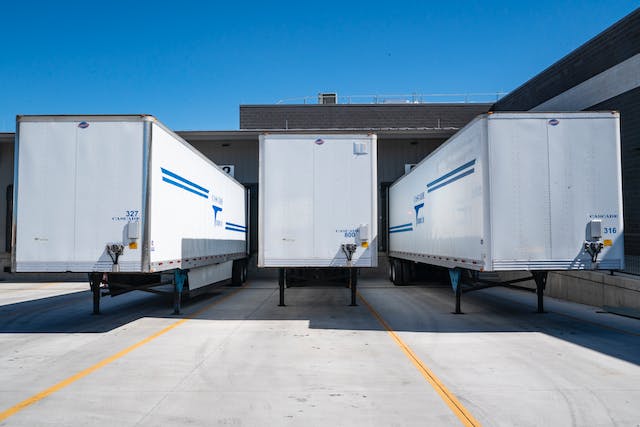
What About Internal Transportation Safety?
Keeping products free from contamination during transportation within the same facility is just as important as keeping them safe during transport from one location to another. Before the finished product reaches the loading stage, it must be safely moved from the production to the packaging area and then to the loading docks.
The best solution for protecting food before packaging is to transport it via an enclosed conveyor belt system. This is where our conveyor technologies step onto the scene. Cablevey Conveyors offers conveyor systems with various flexible solutions for your food manufacturing business that guarantee low material breakage and extremely low risk of contamination. The ingredients are moved through an enclosed tube from one machine to another, completely cut off from its surroundings – it’s one of the best conveyor solutions.
There are no loose elements that could break away or any hidden nooks and crannies where material could accumulate and become a breeding ground for bacteria. Having a sanitary, contamination-free transportation system across the country won’t mean much if your food gets contaminated during the production process in one of the industrial conveyor systems. That’s why investing in high-quality conveyor technologies that meet all the food safety standards is imperative for any food industry.
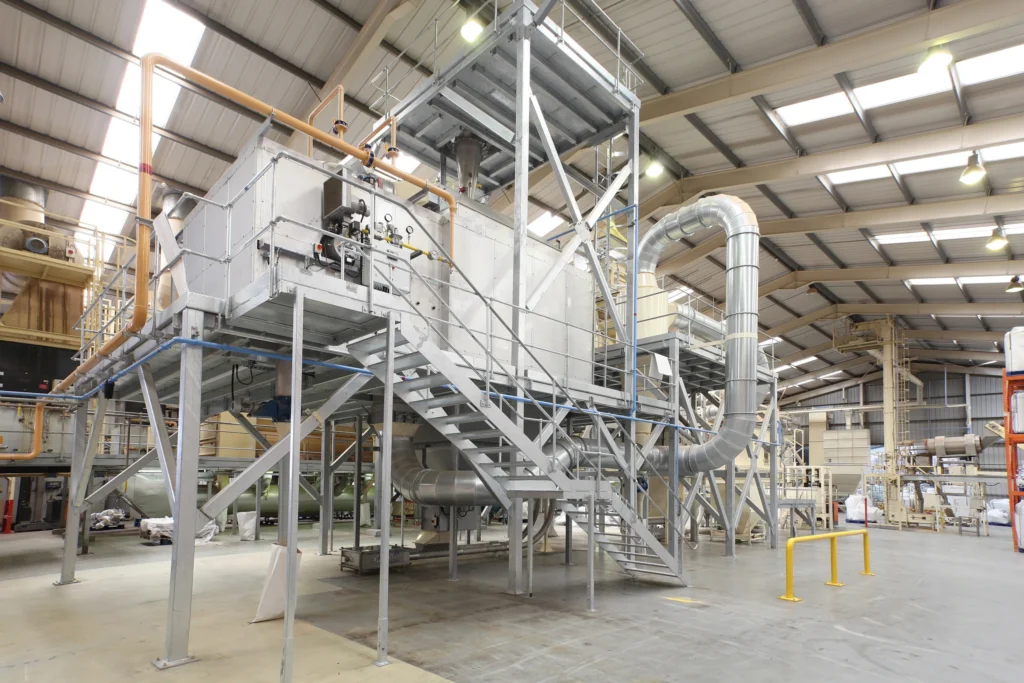
Cablevey Conveyors Is the Go-To Company for Manufacturing Conveyor Systems – Contact Us to Learn More
Cablevey Conveyors stands as a leader in conveyor manufacturing, offering innovative and efficient solutions for a wide range of industries. Our expertise spans numerous sectors of the food processing industry and more, ensuring a perfect fit for any business’s specific needs. At Cablevey, we pride ourselves on our ability to design and produce a high-quality, customizable tubular conveying system that is reliable and gentle on your products.
Our conveyors are renowned for their low maintenance requirements and exceptional durability, making them a smart investment for any operation. Whether you’re handling delicate ingredients or robust materials, our systems are engineered to transport your products safely and efficiently. With our conveyor engineering, you get more than just a product – you gain a partner dedicated to optimizing your material handling processes. Contact us today to learn how we can help streamline your operations with our cutting-edge conveyor solutions.
FAQ
What Are the Food Safety Transportation Standards Set by the FDA?
The FDA’s Food Safety Modernization Act (FSMA) outlines standards for the sanitary transportation of human and animal food. These standards focus on preventing issues like improper refrigeration, inadequate cleaning of transport vehicles, contamination, and unsafe transportation practices. The aim is to ensure food safety from contamination during transport.
Who Is Required to Comply With the FSMA Regulations?
The FSMA regulations apply to all entities involved in the transportation of food in the United States, including loaders, carriers, shippers, and receivers, regardless of whether the food is for interstate commerce. This also includes international shippers transporting food to the US and organizations exporting food from the US.
What Are the Common Problem Areas in Food Transportation?
Key problem areas in transportation include temperature abuse, improper management of transportation and storage units, incorrect use of packing materials, poor loading and unloading practices, inadequate pest control, lack of employee training, and poor vehicle maintenance. Addressing these issues is crucial for safety.
What General Solutions Are Proposed to Improve Food Safety in Transportation?
Solutions to enhance safety during transportation include maintaining proper sanitation and temperature control, using correct packing materials and quality pallets, employee training, and effective communication between transporters, shippers, and receivers. These measures are vital for preventing contamination and ensuring food safety.
How Does the FDA Enforce Flexibility in Implementing Food Transportation Rules?
The FDA provides flexibility in how companies meet the Sanitary Transportation of Human and Animal Food rule. For instance, companies can choose their methods to maintain temperature control, from refrigerated trailers to ice and insulated coolers. Similarly, sanitary conditions can vary based on the type of food and transportation vehicle, allowing companies to adopt methods that best suit their specific needs.


